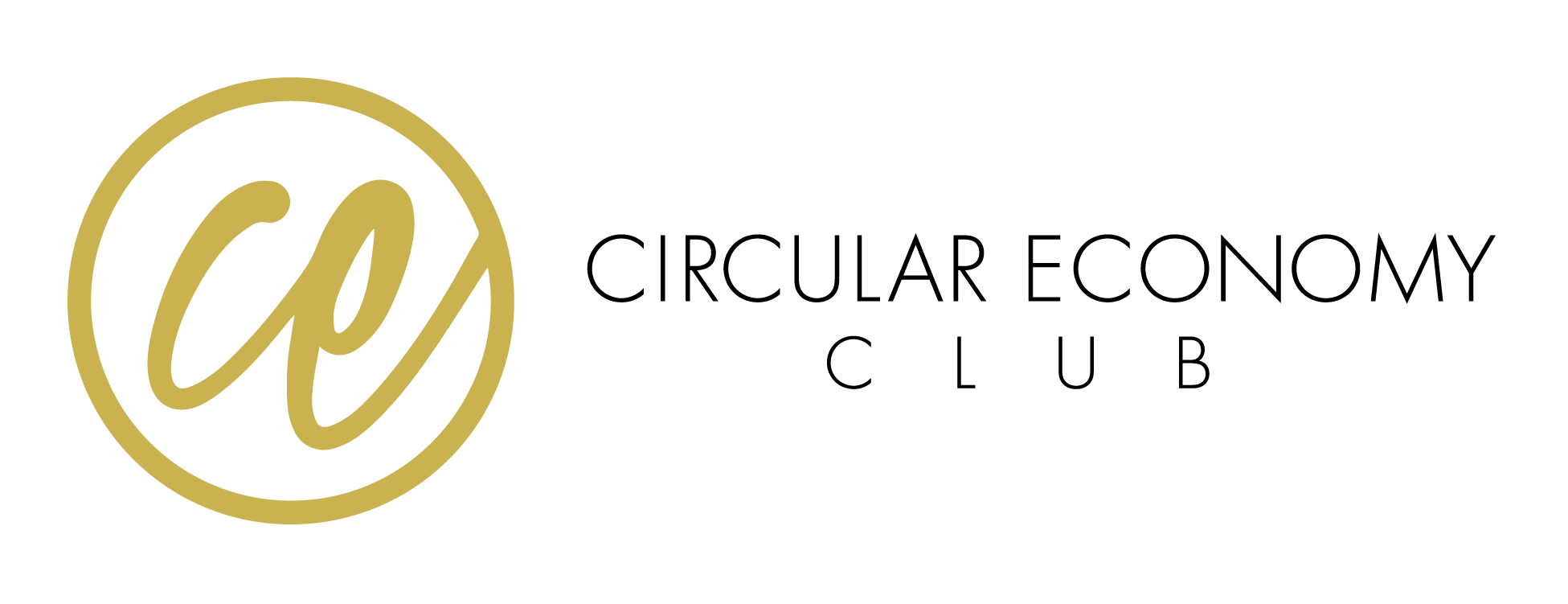-
This report, produced by Technopolis Group in consortium with Fraunhofer ISI, Thinkstep and Wuppertal Institute, is a direct contribution to the Action Plan on Circular Economy which was adopted by the Commission on 5 December 2015. The package aimed to help European businesses and consumers make the transition to a stronger and more circular economy and called for the removal of regulatory barriers to the circular economy.
To achieve its objectives and contribute to unlocking the growth potential within the Circular Economy, the study identified major obstacles of regulatory nature or gaps within the existing legal framework. Namely in sectors, subsectors, economic activities and value chains where significant unlocked opportunities remain. Furthermore, the study conducted an in-depth analysis of the identified obstacles and possible solutions through specific cases.
Findings
The analysis of specific regulatory barriers within this study aimed to identify and analyse key regulatory obstacles that hinder the realisation of economic opportunities in a European circular economy. The analysis included the full product life cycle and focused on the interfaces between different steps of the value chain (extraction/production, production/production internal loops, production/use, collection, waste-management/recycling/production). The analysis found that the barriers concentrate within these 3 themes:
1. Collection of waste streams: Without specific legislation, many waste streams end up as mixed waste
Several case studies identified regulatory barriers often related to lacking legislation that would allow the collection and pre-treatment of homogenous waste streams. Without specific legislation, many waste streams end up as mixed waste where high-quality recycling costs are higher than the income from its recycled materials (e.g. in the field of plastic packaging).
2. Uptake of secondary resources: lack of harmonised EU legislation
The second type of barrier referred to legislation that hinders the use of recycled materials in production processes. The rationale behind such legislation is frequently motivated by aspects of health and consumer protection and often undermines opportunities and benefits of circular approaches. In addition, in many cases, a lack of harmonised EU legislation mandating specific quality requirements has been identified as a major obstacle to high-quality recycling.
3. Design for reuse, repair or recycling: lack of concrete and enforceable product requirements
The third type of barrier is related to the lack of concrete and enforceable product requirements.The main example used was the problematic enforcement of requirements of the WEEE Directive for the recyclability of electronic products, especially concerning the disassembly of batteries.
The analysis also highlighted a variety of different generic types of barriers: in many cases waste legislation focuses on quantities (weight based collection or recycling targets) and not so much on the qualities of recycled materials. Inconsistencies between existing regulations have also been mentioned in a variety of case studies.
In conclusion, the study suggests that in general, high-quality recycling is definitely not prevented by regulatory obstacles, but by lacking or unclear legislation. A prime example is quality standards for secondary raw materials that create legal uncertainties for the industry that make it rational to continue to focus on primary raw material input.
Opportunities and policy implications:
Many of the barriers identified in the cases are already being focused on by the Commission and are being addressed through the Circular Economy Action Plan. In this instance, the analysis of the interface between waste and chemicals legislation or the development of plastics strategy.
This does not mean that all barriers can be removed and certainly not easily: barriers stem from different, possibly conflicting regulatory objectives (e.g. public or animal health, environmental protection). Any of these may be considered as more important than the circular economy. Moreover, the regulatory arrangements can be part of a very complex system that may be difficult or expensive to change.
Source: European Commission
-
-

